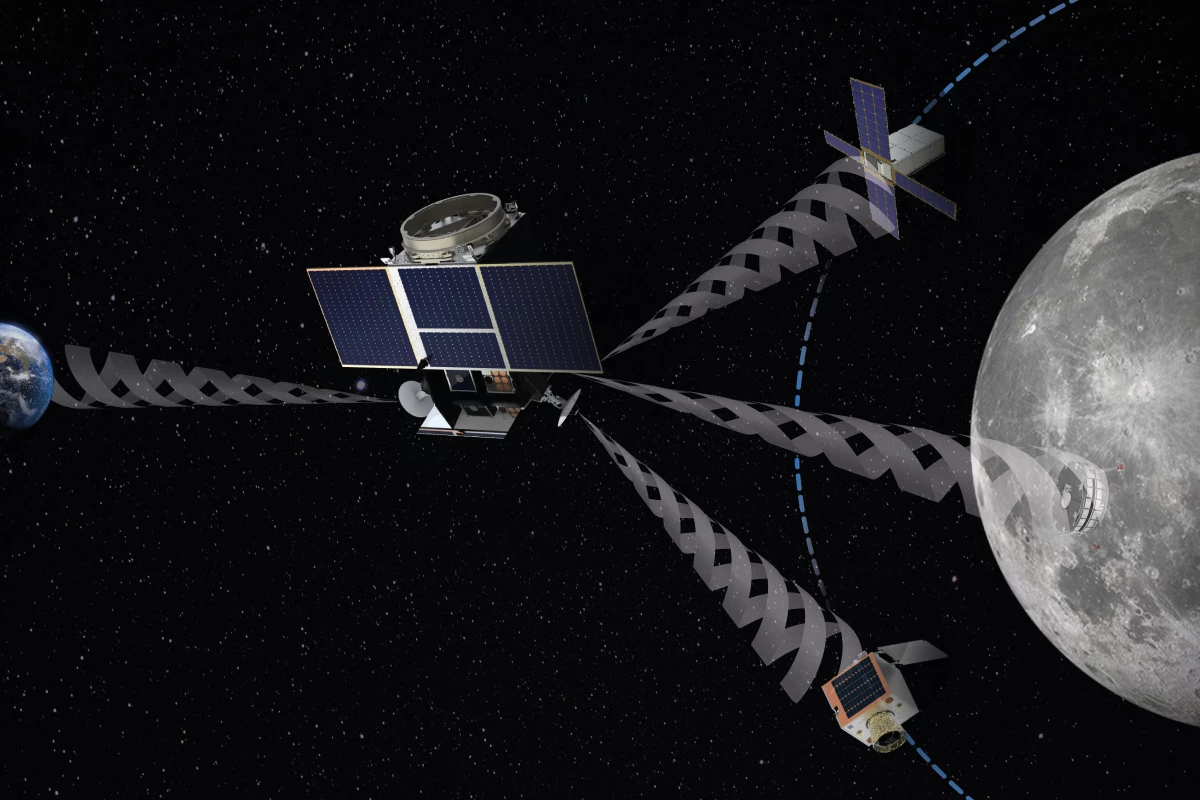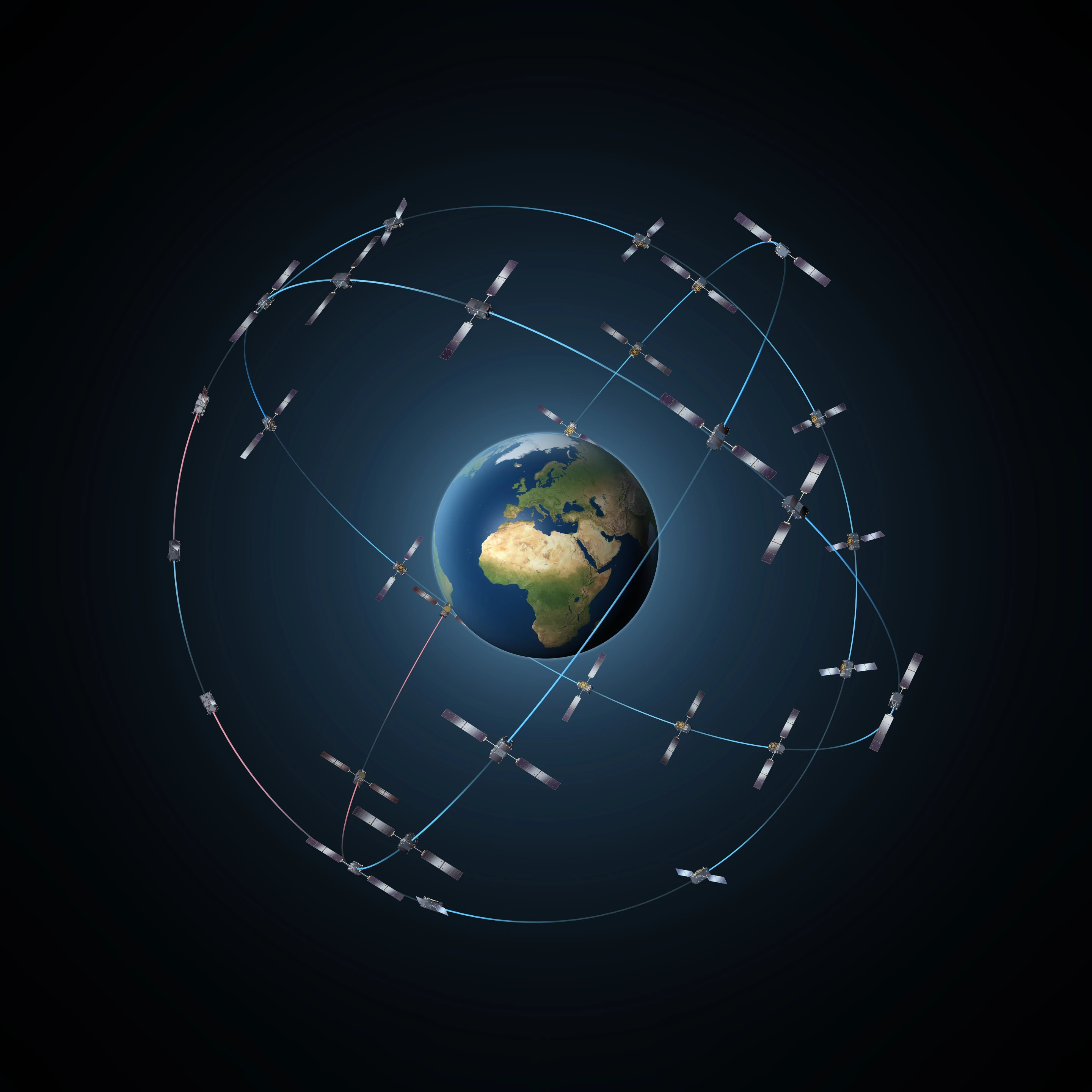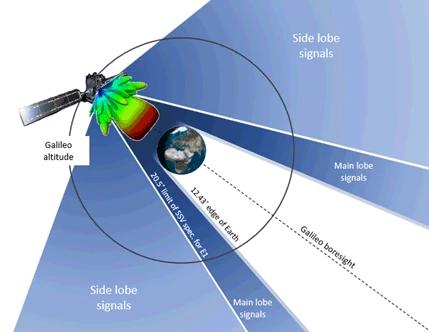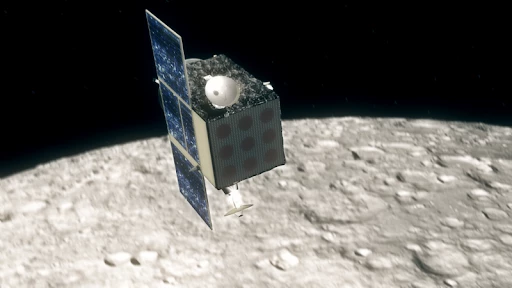ESA plans to use its upcoming Lunar Pathfinder mission to experiment with expanding sat-nav coverage to the Moon. By tuning in to the radio signals leaking from the Galileo and GPS satellite constellations, the goal is to provide more precise and accurate position fixes for spacecraft in lunar orbit.
Satellite navigation has revolutionized life to the point where instant location fixes are taken for granted. However, because it relies on growing constellations of increasingly sophisticated satellites ringing the planet, it's a technology that is currently restricted to the Earth.
With a number of countries mounting programs to ramp up lunar exploration, a sat-nav system around the Moon would be very useful, but it would also be staggeringly expensive to set up. Perhaps something like Galileo or GPS will be in place one day, but ESA is looking for ways to use the Earth's existing sat-nav systems for lunar missions.
Currently, lunar missions must rely on tracking stations back on Earth to find their position through range and angle measurements, but this isn't very accurate and has only limited capabilities. This is unfortunate because the Moon's gravitational field is very irregular due to concentrations of denser material, called mascons, buried under the lunar surface. These tug at orbiting spacecraft, altering their trajectories, so accurate navigation is very important.
The problem is that Galileo isn't particularly suited for lunar work. Not only are its radio signals beamed at the Earth, but the constellation sits in orbits about 14,429 miles (23,222 km) above the Earth. However, in 2019, NASA's Magnetospheric Multiscale Mission was able to determine its orbit using GPS signals when it was 116,300 miles (187,166 km) away, nearly half the distance from the Earth to the Moon. This proved that, although most of the energy emitted by the antennas on the navigation satellites is directed back at Earth, there is enough signal radiating sideways to be useful in space, as long as you use a strong enough antenna.
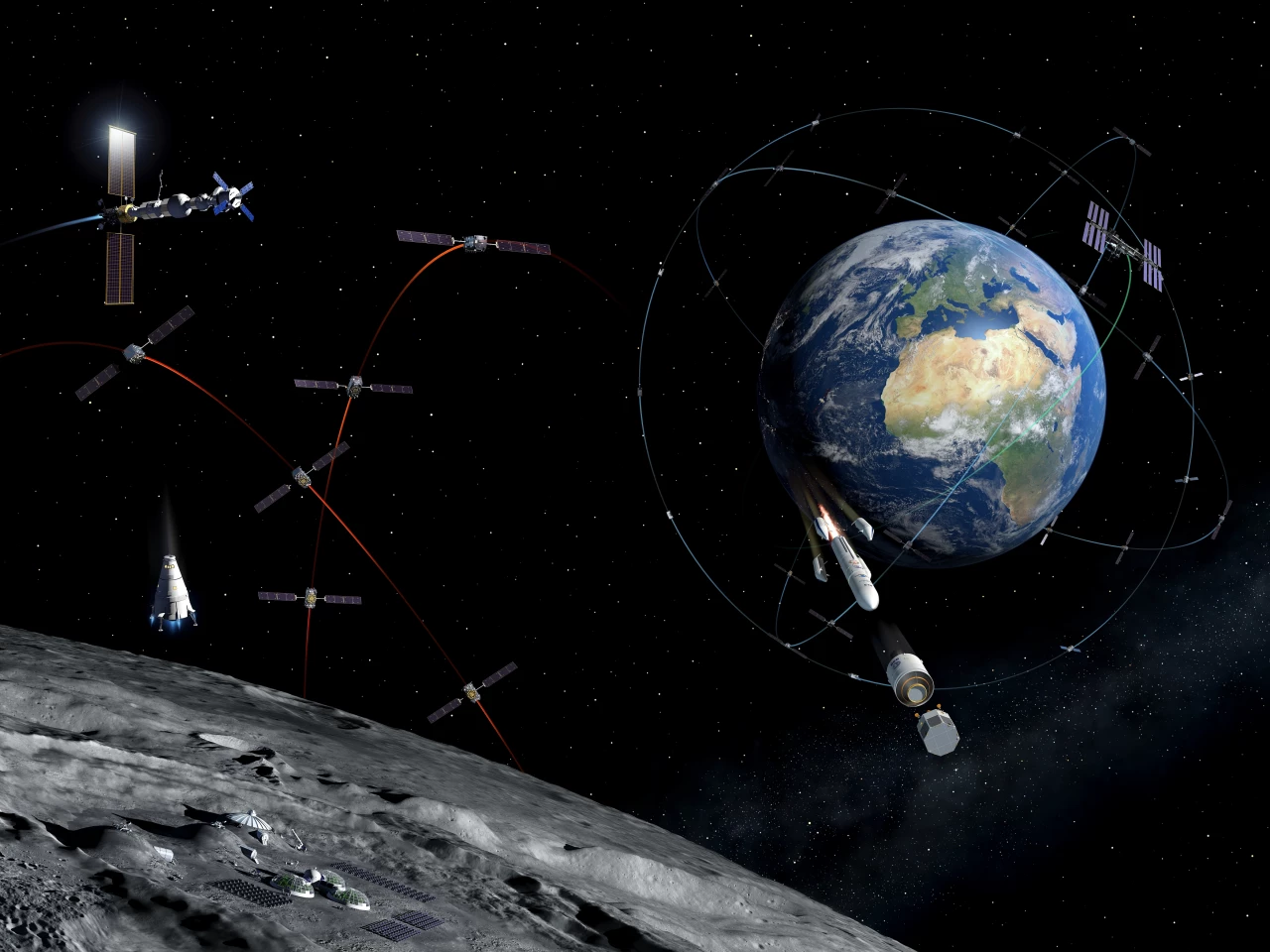
Launching in 2023, the Lunar Pathfinder communications satellite is being developed as a public-private partnership. Its experimental system will use a high-gain antenna that homes in on the "side lobes" that radiate from the sides of radio beams emitted by Galileo and GPS satellites. This allows the high-sensitivity receiver to pick up sat-nav signals that are millions of times fainter than those received on Earth.
According to ESA, the Lunar Pathfinder will be able to fix its position to within 330 feet (100 m) while it circles the Moon in a highly stable orbit as it carries out reconnaissance of the lunar south pole. The biggest problem will be to use the sat nav systems even though the signals are coming from one small area in the sky.
ESA says it plans to extend sat-nav coverage around and even on the Moon in the coming decade, and if successful, the new technique could not only be used for navigation in space, but also for scientific purposes, such as studying the Moon's near-nonexistent atmosphere or providing a long Earth/Moon baseline for physics experiments.
Source: ESA
